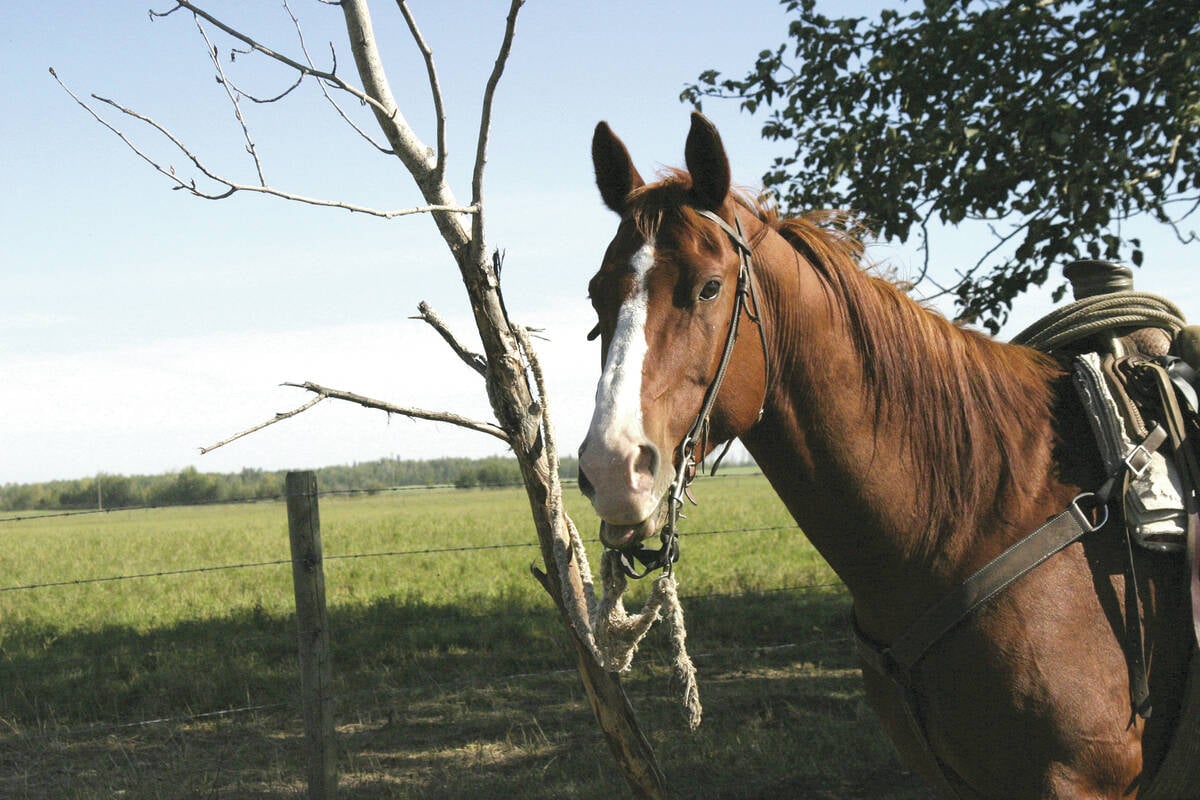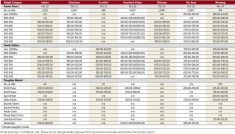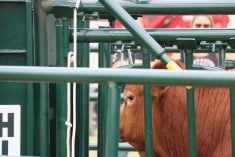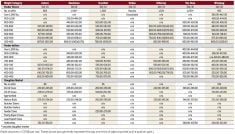Some ranchers are getting a taste of what national traceability system has to offer in terms of finished beef
If you shipped age-verified calves that were slaughtered at one of the major plants in Canada after May 2010, there may be some interesting information waiting for you online.
“There’s two million records in the system, so there’s a good chance you’ll have some in there,” said Marlin Beever, a rancher from Rivers who has been hosting information sessions for the Manitoba Beef Producers around the province to explain what is available on the Beef Information Exchange System (BIXS).
Carcass weight and meat grade records have been available for a couple of months now at www.bixs.cattle.ca, which is on the Canadian Cattlemen’s Association website, he said.
Read Also

Weekend warrior horses at risk
Horses need steady, rhythmic movement. Going from no activity to weekend bursts of exercise risks physical strain and injury.
Currently only data from the large Cargill and the former XL Foods plant is recorded. If the calves shipped ended up going south, their data won’t be on the system. Also, depending on how they were fed out, data from 2011 calves may be available, too.
“If you wish to register, go online and have a look, you’ll see what you can see,” said Beever. To access the data, farmers need the tag numbers and starting and ending birth dates for that year’s calf crop, as well as their premises ID number.
Of the handful of records that he has seen from his own 100-head herd, Beever said that it appears his mostly Angus calves ended up grading well and carcass sizes were a “a bit larger” than he figured.
Bill Campbell, a Limousin breeder from Minto, has taken a look and he likes what he’s found.
“We’ve compiled some data from our 2011 calf crop,” said Campbell, adding that he was able to use it to help market the 2012 calves from his 130-head commercial and purebred herd.
He’s also planning to use the “pretty impressive” information on rib-eye size and carcass grade results for his upcoming April 2 bull sale. But right now he’s knee deep in calving season, and hasn’t had time to compile it all into a workable database.
Campbell was surprised by the size of the finished carcasses, some of which were over 1,000 pounds, which yielded 22-inch rib-eyes, as well as the fat cover.
“It was enlightening for sure. I think it’s a valuable tool for marketing your calf crop,” he said.
Feedlots know that there can be a $200 difference in final returns on each steer, but without peeling the hide off, it’s hard to determine which ones will perform best. But with tag numbers corresponding to certain genetic packages, it’s possible to use proven historical data to predict future results, he added.
For example, a finished animal that ends up with a carcass weight of only 700 pounds won’t be as attractive to a buyer as one that tips the scales at 900 pounds.
“If feedlots are crying that they’re losing money, it’s because they aren’t feeding the right kind of cattle,” said Campbell. “Cattle that yield and give you meat make you money.”
How many ranchers have actually accessed the information is unknown, but Beever hopes that early-adopters will take the time to figure out how to dig up what’s there.
“We’re in the early stages with a couple million records in there, so we’re hoping that people will take advantage of it,” said Beever.














